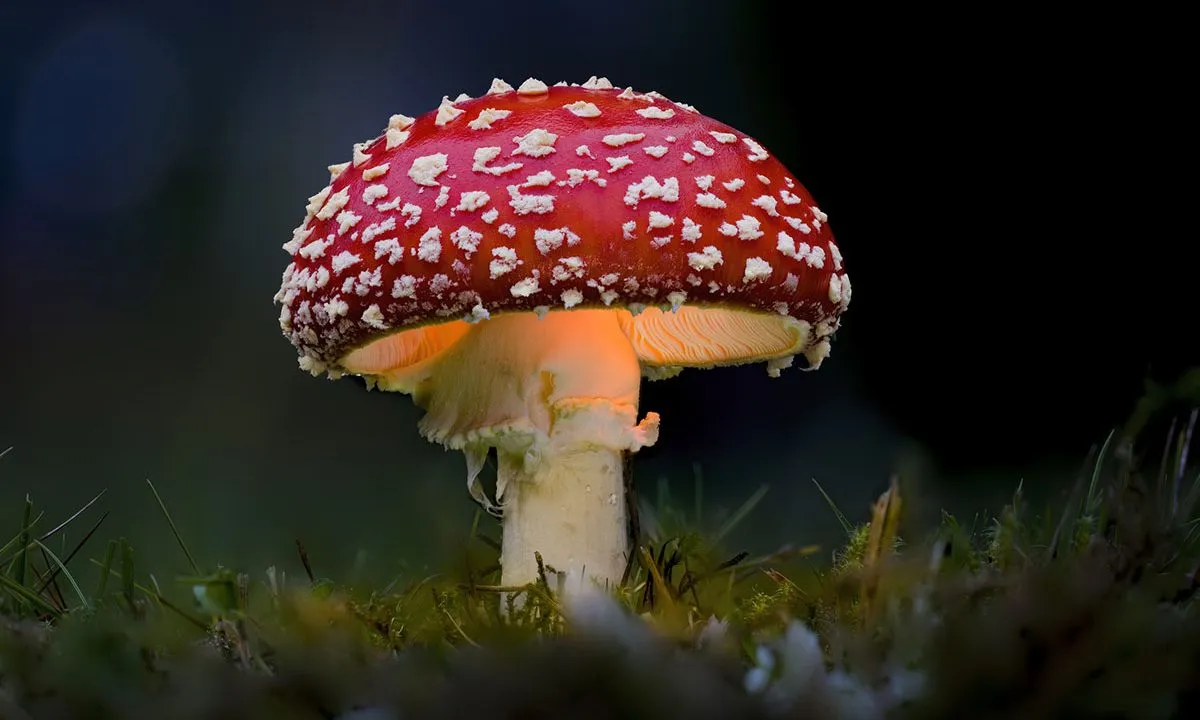

“They say that you can be an old mushroom hunter, or a bold mushroom hunter, but you can’t be an old, bold mushroom hunter,” says Bear Grylls.
Videos by Outdoors
Bear has spent a lot of time teaching survival skills in the wild, and part of his expertise is knowing what you should eat to save your life in a survival situation—and how to avoid eating something that could end it. Bear says that some mushrooms are just about the most poisonous things you can find in the natural world and mistakes with mushrooms can be fatal.
“There’s no antidote, and in many cases nothing a doctor can do for you once you’ve ingested certain types of fungus . . . People die from mushroom poisoning, every year,” he writes in his book Extreme Food.
Bear says that knowing which mushrooms are toxic is information that can save your life and that it’s important to learn how to identify these before looking into what mushrooms you can eat. In his book Extreme Food, Bear highlights some of the properties of five very dangerous mushrooms. Get to know them here (and then learn even more here).
Disclaimer: There are many other toxic mushroom species. Forage at your own risk, and always educate yourself before eating anything you forage from the wild. Consult a field guide for specific information on identifying these mushrooms.
Death Cap
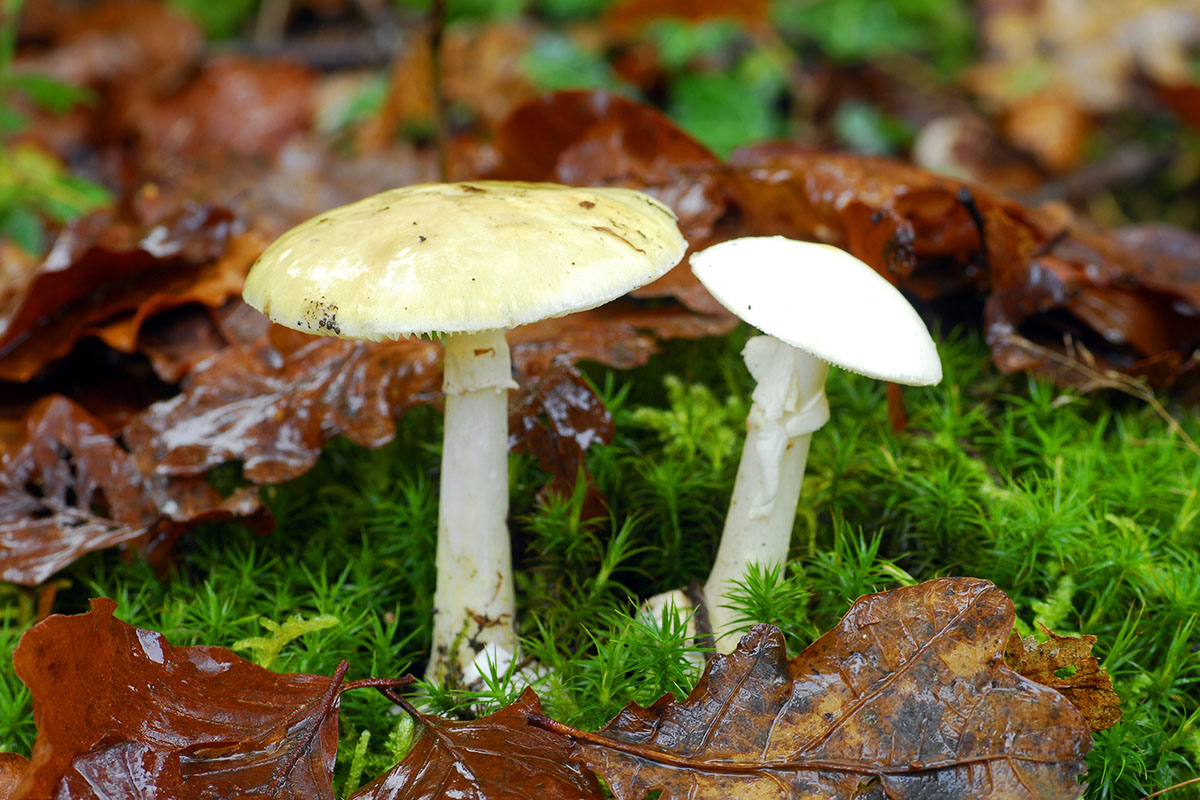
Bear says that if you eat a death cap mushroom, you might think it was delicious and feel fine for 8-12 hours, but then you’d get symptoms like stomach cramps, violent vomiting, and explosive diarrhea. The body would then go into shock and seem to recover, but the poison would work on damaging the liver, leading to a coma and then death.
What regions of the world is it found in?
Europe, North America, and Australasia
Where does it grow?
In oak, beech, and mixed woods, in small groups of about six mushrooms, widely spaced
The Destroying Angel
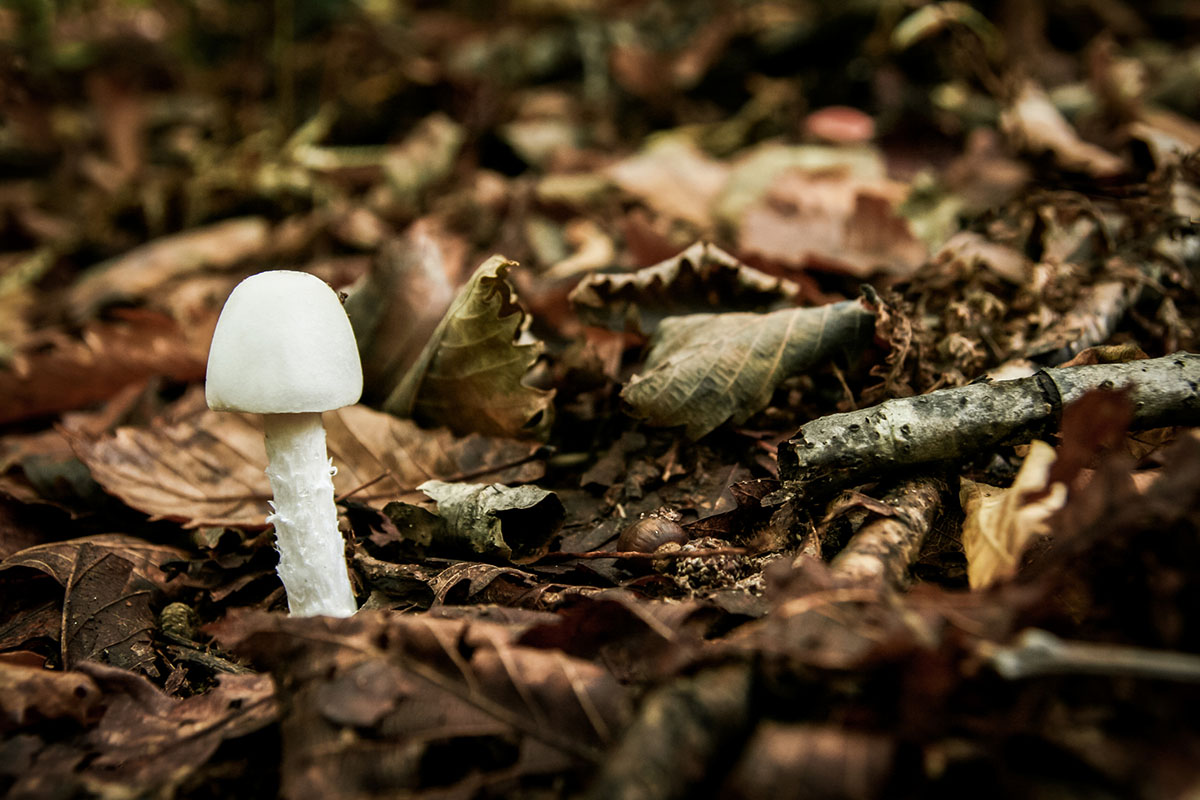
“Amanita virosa is a pretty-looking mushroom. That’s why they call it an angel,” says Bear in Extreme Food. There is no antidote to the destroying angel’s poison, and it causes organ failure.
“If you mistakenly put one of these in the pot, your only real chance of survival will be a liver transplant. Not easy in the field,” warns Bear.
What regions of the world is it found in?
Europe, but there are similar toxic species all over the world
Where does it grow?
Usually in woodlands but can also grow in fields and on roadsides
Fly Agaric

“This is the mushroom that pixies sit on in children’s story books. You know the one – a red cap (sometimes orange), with little white spots,” says Bear in Extreme Food. This mushroom is quite common and is often easy to spot because of the bright colors.
Don’t be fooled, though, the fly agaric has some very nasty effects: drowsiness, difficulty in speaking, confusion, spasms, cramps, tremors, hallucinations, and deep coma.
What regions of the world is it found in?
Native in the Northern Hemisphere, introduced in many areas in the Southern Hemisphere
Where does it grow?
Forest floors
Panther Cap
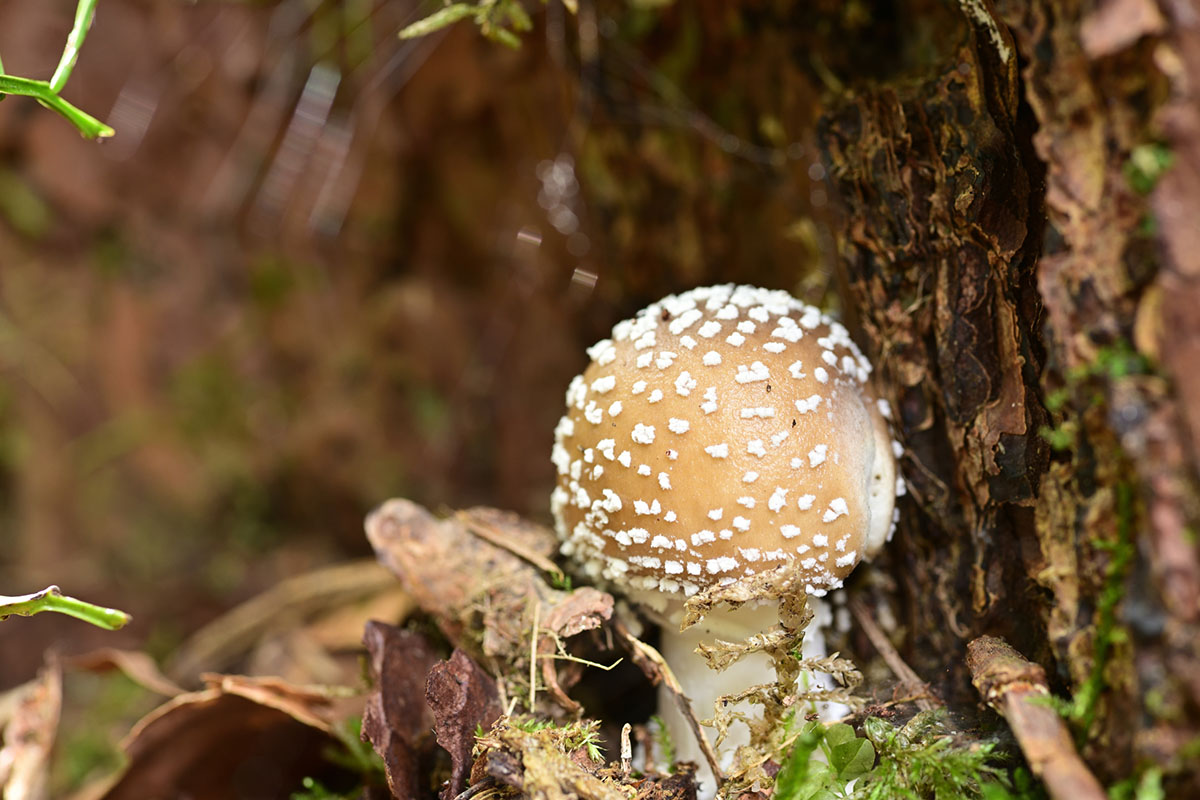
“The Panther Cap is a good example of a mushroom that can easily be confused with an edible mushroom, the Blusher,” says Bear in Extreme Food. “If you were to put the two side by side, you’d see the difference. But you’d also notice the similarities, which are a very good reminder that you need to be extremely sure of your identification before you risk eating a wild mushroom.”
This amanita mushroom has the same types of toxins as the Fly Agaric, but in greater quantities. It causes sickness and hallucinations and can easily kill you.
What regions of the world is it found in?
North America and Europe
Where does it grow?
Forests, especially near beech trees
Fool’s Funnel

“The Fool’s Funnel is sometimes called the Sweating Mushroom, because that’s what its main toxin makes you do,” says Bear. From there, it gets decidedly worse, shutting down your respiratory system, causing cardiac failure, and potentially even killing you.
“Fool’s Funnel frequently appears on grassland, and is one very good reason why you should closely monitor children around ‘fairy rings’. Such rings might be harmless, but they could be deadly,” says Bear in Extreme Food.
What regions of the world is it found in?
Europe and North America
Where does it grow?
On grassland, sandy soil, and roadsides, often in circles
For more information about identifying both edible and toxic mushrooms, check out these guides from Outdoors.com:
- The Fatal Five: Avoid These 5 Deadly Mushrooms in the Wild
- Shroom With A View: The Ultimate Guide to Finding Mushrooms Outdoors
- The Foolproof Four: The 4 Easiest Mushrooms to Forage
- How to Identify Toxic Mushrooms, According to Bear Grylls

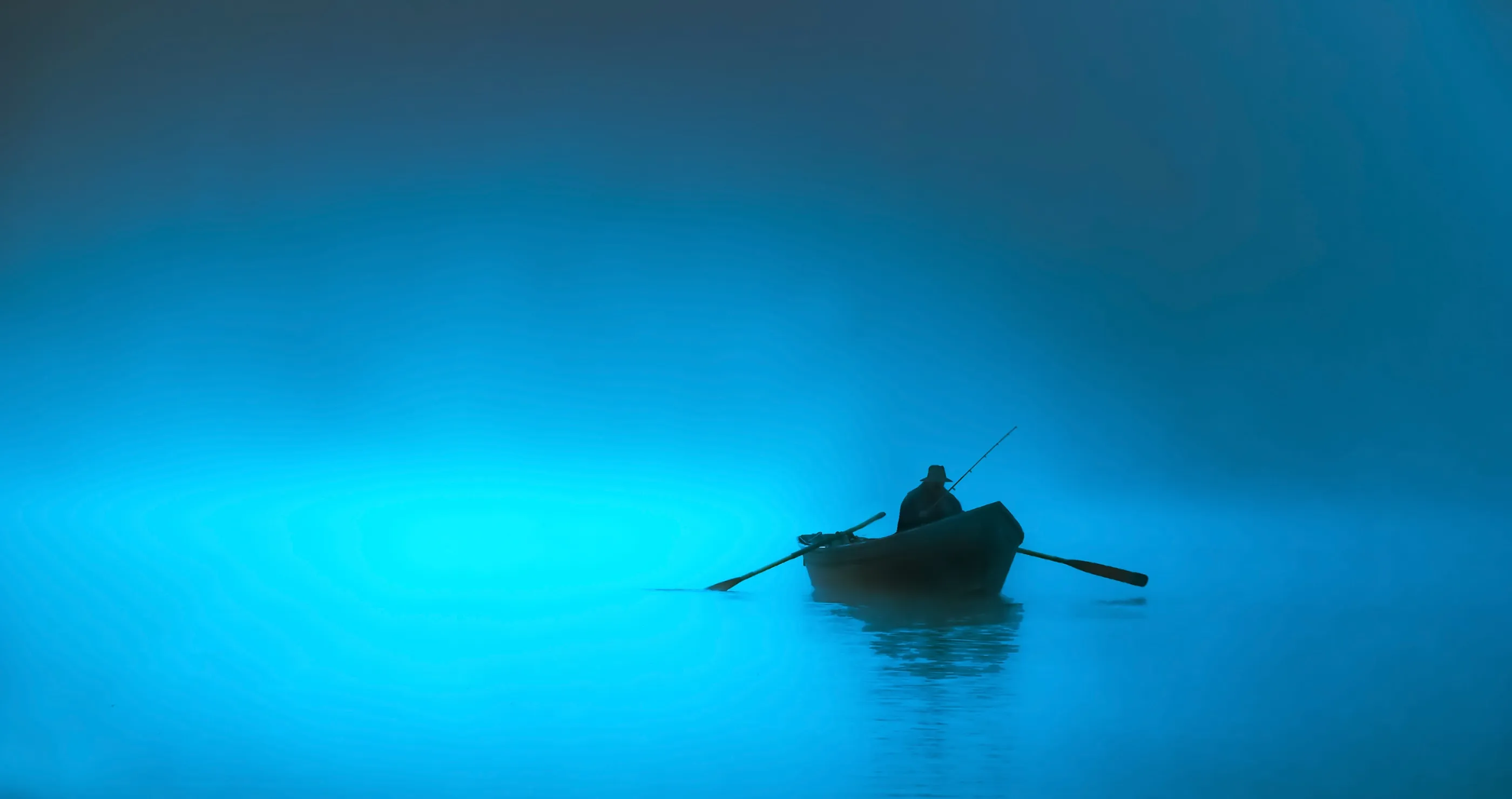




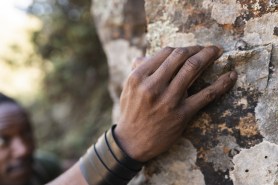
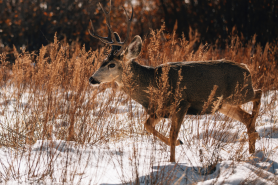
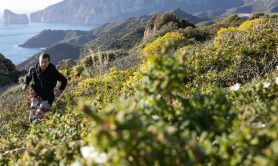
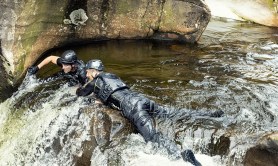
Please reduce the ads! There was one from the top that took 3/4 of the space and another from the bottom leaving less than 1″ of space to read the article